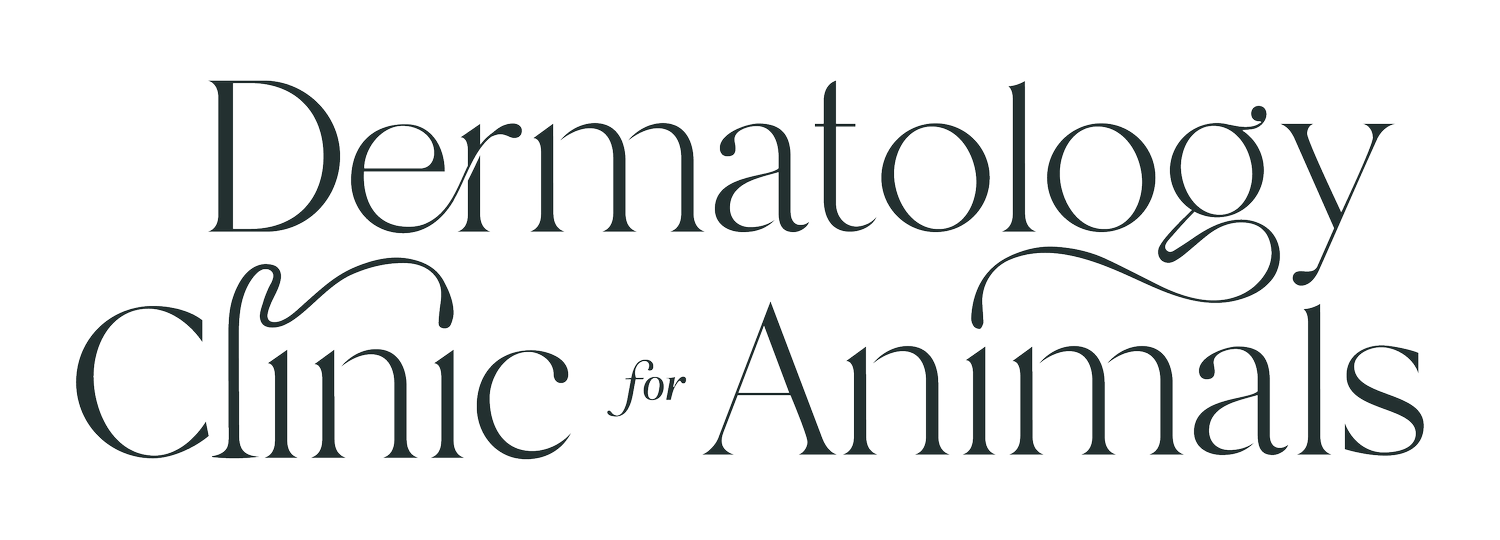Mycobacteriosis, Opportunistic
-
This disease represents an infection that occurs if mycobacteria, normally found in the soil and water, are inoculated into the skin through puncture wounds or contaminated injections. There are several species of mycobacteria that can cause this disease process. These mycobacteria are ubiquitous, free-living organisms that are usually harmless and are commonly found in nature.
-
This is an uncommon disease in cats and rare in dogs. Animals with areas of trauma that have been exposed to contaminated water, swimming pools, and sources of natural water are at risk. Penetrating wounds and contaminated injections also allow for infection to develop. Cats that have a confirmed infection should be assessed for Feline Leukemia Virus (FeLV) and Feline Immunodeficiency Virus (FIV) as these viral organisms can suppress the immune system and facilitate the establishment or further spread of the infection.
-
The lesion(s) develop slowly during a period of weeks. The course is prolonged, and lesions often have been present as nonhealing wounds for several months. Lesions can occur anywhere but are most common in the cat in the abdominal or groin area or in the lower back area. The lesions develop as subcutaneous nodules, nonhealing abscesses, and deep skin infections. They typically have surface ulcerations with draining tracts. These tracts have a pus-type discharge. Lymph nodes in the area where the lesions are located may be enlarged.
-
See Clinical Signs.
-
The list of differential diseases includes a variety of bacterial and fungal infections as well as varying forms of neoplasia and sterile lesions. Diagnosis can be made from a biopsy for histopathology and for bacterial and fungal cultures. Special stains are used to identify the organisms in the biopsy tissue and cultures are performed to isolate the organisms themselves in order to establish a diagnosis.
-
The prognosis for cure is guarded. Rare cases of spontaneous resolution have been reported. The client should be prepared for possible treatment for the life of the animal. The disease is not usually considered contagious to other animals or humans, although severely immunosuppressed persons may be more at risk for infection.
-
If possible, surgical excision of the lesions should be undertaken. Long-term antibiotic therapy is required at a minimum of 4 weeks past clinical resolution. Antibiotic selection should be based on culture and sensitivity results. Drugs that can be effective include Clarithromycin, Enrofloxacin, Ciprofloxacin, and Doxycycline.


